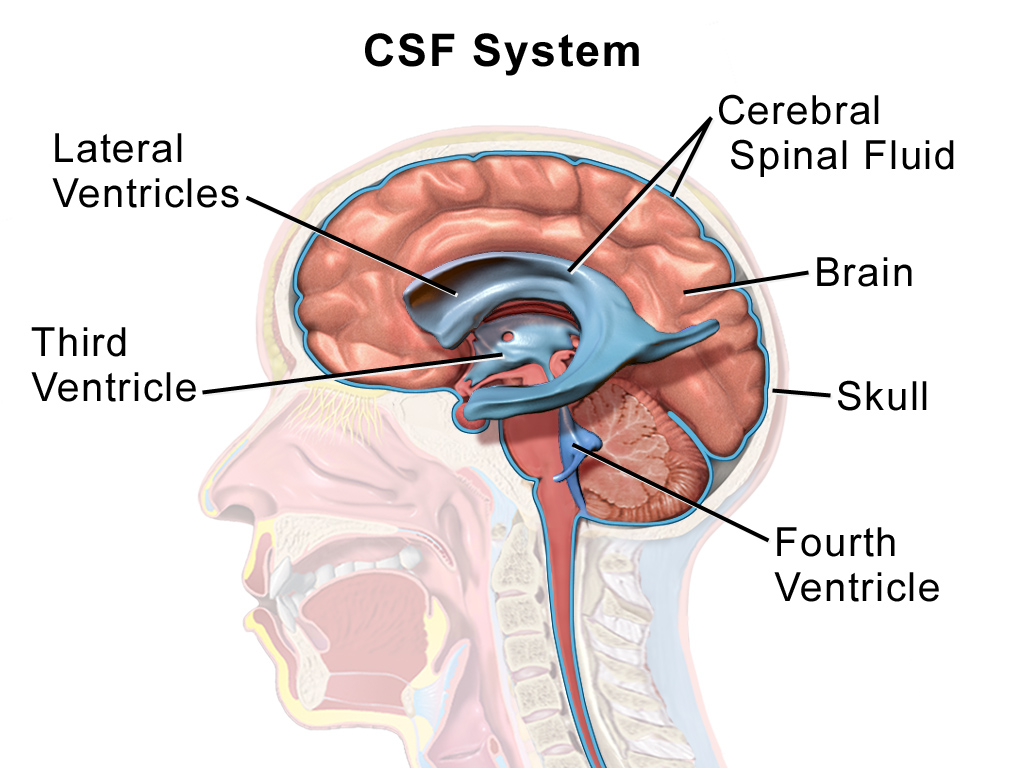Many believe that driverless cars or autonomous vehicles (AV) are just around the corner. Trial runs have been conducted, still there are several more hurdles to tide over before they can meet specifications set by SAE, (Society of Automobile Engineers). SAE classifies automotives into 6 levels beginning with level 0 where the human driver is all in all and level 5 where human is just a passenger . According to the NHTSA website (National Highway Traffic Safety Administration, USA) Level 5 vehicle is " An automated Driving System (ADS) on the vehicle (which) can do all the driving in all circumstances. The human occupants are just passengers and need never be involved in driving".
"Just passengers"? - well that is interesting; I foresee a future when Driving Licence becomes redundant. But that brings up several intricate questions too. True, AVs will be designed with super safety features. But after all these are mechanical-electronic contraptions and hence breakdowns and/or accidents cannot be eliminated altogether. How will the insurance policy be formulated? Who should be held responsible? Surely passengers can't be guilty. Should a mandatory AMC replace the insurance cover? If so, would the manufacturer be liable? The answers are not yet in place.
AVs will have to share road-space with human-driven vehicles, pedestrians, pets, stray animals etc. hence they should be equipped with enough Artificial intelligence(AI) to meet all possible eventualities. Let us imagine a scenario of an AV is negotiating a busy market street. An accident is imminent and unavoidable; whether the vehicle stops or swerves lives will be lost. How should the algorithm for solving this dilemma be written- to save the lives of the few passengers within or the many pedestrians on the road? To save the elderly over the young; the rich rather than the poor; the females and not the males? It is indeed a frightening task to write algorithms that define machine ethics. To write a moral code for the AI system, it is necessary to know how humans make moral judgements. Almost every component one can think of, social background, age, gender, education level, prosperity, cultural traits etc. influences an individual's thought process and the ethical choices he/she makes. For the human mind it is a dynamic process and not confined within the commands of an algorithm. But is there a pattern? Can we ultimately define a Global Moral Standard ?
That is what Awad et al set out to map. They floated an online questionnaire in 10 languages. There was only one question but nine situations; each situation had just two disasters to choose from. If an accident and subsequent loss of lives are unavoidable should one try to save a) humans or pets; (b) passengers or pedestrians (c) the young or the elderly (d) abled or disabled (e) male or female (f) few or many (g) rich or the poor. Their results titled The Moral Machine Experiment appear in a recent issue of Nature. The online survey generated close to 4 million responses spread over 233 countries/territories/societies. In spite of overlaps and cross overs Awad et al could arrange the collage into 3 clusters: the Western, the Eastern and the Southern. The Western cluster included North America and most of the European countries except France; the Eastern cluster spanned the geographical east from Japan to Middle East and the Southern cluster consisted of Latin American countries, France, old French colonies, Hungary, Slovakia, Czech Republic etc.
Awad et al conclude that despite the diversity of responses they could detect three strong preferences across the clusters : "the preference to save humans; the preference to save more lives; the preference to save young lives."
REFERENCES:
1. The Moral Machine Experiment : Awad et al Nature 563, pp 59-64 (2018)
2. The social Dilemma of autonomous vehicles: Bonnefon et al; Science 352, 1573-1576 (2016)
3. Cultural differences in moral judgement and behaviour across and within societies: Graham et al , Curr.Opin. Psychol.8, 125-130 (2016)
That is what Awad et al set out to map. They floated an online questionnaire in 10 languages. There was only one question but nine situations; each situation had just two disasters to choose from. If an accident and subsequent loss of lives are unavoidable should one try to save a) humans or pets; (b) passengers or pedestrians (c) the young or the elderly (d) abled or disabled (e) male or female (f) few or many (g) rich or the poor. Their results titled The Moral Machine Experiment appear in a recent issue of Nature. The online survey generated close to 4 million responses spread over 233 countries/territories/societies. In spite of overlaps and cross overs Awad et al could arrange the collage into 3 clusters: the Western, the Eastern and the Southern. The Western cluster included North America and most of the European countries except France; the Eastern cluster spanned the geographical east from Japan to Middle East and the Southern cluster consisted of Latin American countries, France, old French colonies, Hungary, Slovakia, Czech Republic etc.
Awad et al conclude that despite the diversity of responses they could detect three strong preferences across the clusters : "the preference to save humans; the preference to save more lives; the preference to save young lives."
REFERENCES:
1. The Moral Machine Experiment : Awad et al Nature 563, pp 59-64 (2018)
2. The social Dilemma of autonomous vehicles: Bonnefon et al; Science 352, 1573-1576 (2016)
3. Cultural differences in moral judgement and behaviour across and within societies: Graham et al , Curr.Opin. Psychol.8, 125-130 (2016)







